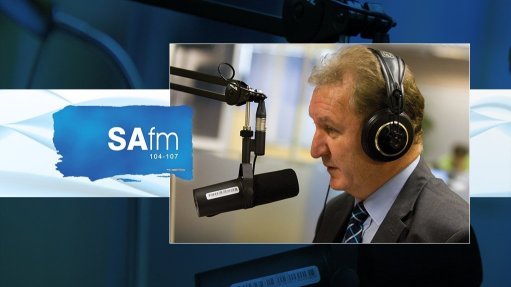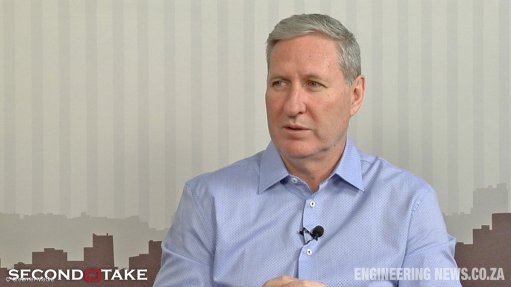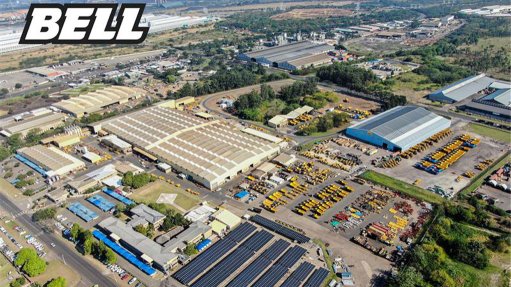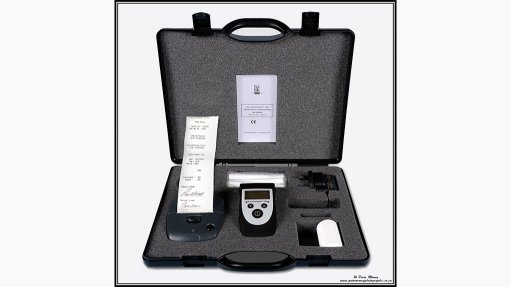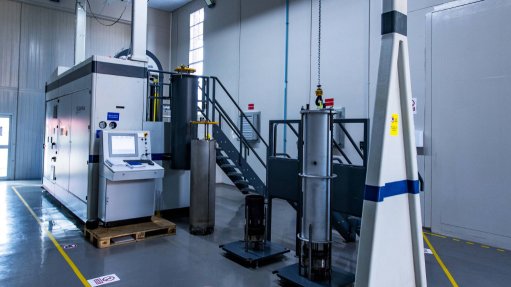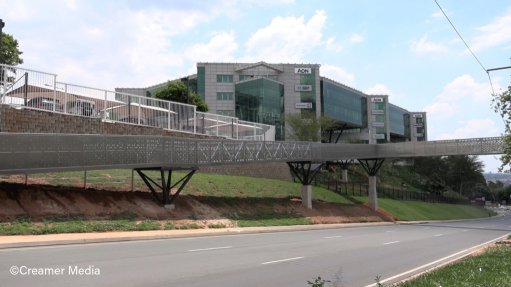Consultancy underscores value of air-quality offsets

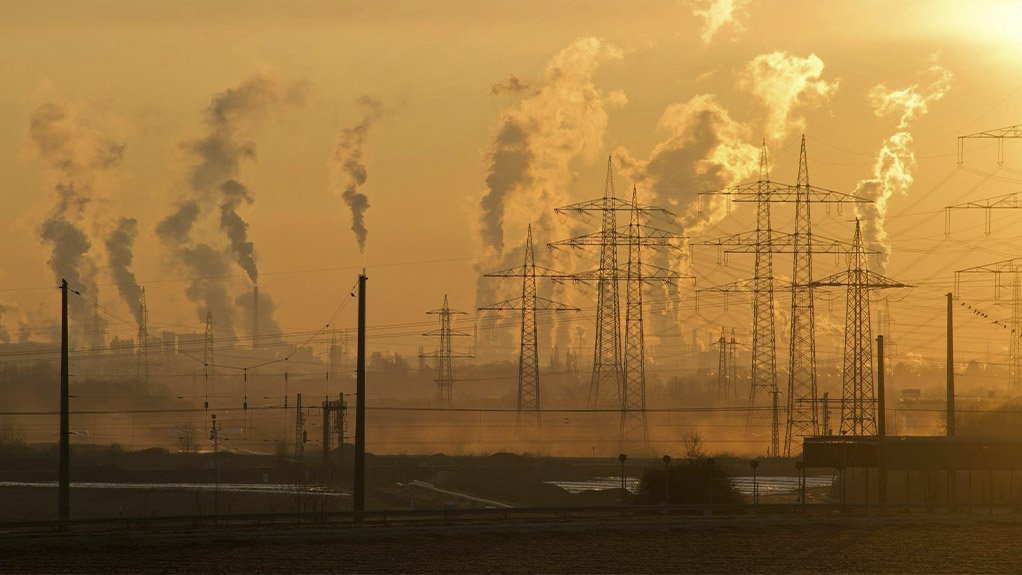

OFFSETTING POLLUTION Air quality offset programmes provide industries with an opportunity to counterbalance the impacts of their industrial emissions by reducing air pollution in surrounding communities that are generated from other sources
VIS REDDY Instead of trying to reduce the actual emissions from their operations, these offset programmes can contribute to a greater overall improvement in air quality
Air-quality offsets offer a valuable tool for providing significant improvements in air quality, particularly when direct emission reductions are challenging or unfeasible, highlights global mining consultancy SRK Consulting South Africa chairperson and principal environmental geochemist Vis Reddy.
Air quality offset programmes help industries counterbalance the impacts of their industrial emissions by reducing air pollution in surrounding communities that are generated from other sources.
Reddy says that some companies have received an extension of the timeframe for certain listed activities to comply with the Minimum Emission Standards (MES) for specific emissions per activity. However, this is contingent on them submitting a plan detailing how they will achieve compliance in the future. Additionally, the operators of such activities must prepare and submit a mitigation strategy to compensate for the relaxation of compliance with the MES. One available option is the implementation of interventions through air-quality offsets.
“Instead of trying to reduce the actual emissions from their operations during the postponement period, these offset programmes can contribute to a greater overall improvement in air quality,” Reddy highlights.
He explains that the focus is on replacing traditional fossil fuel sources used in poorer communities with cleaner fuels and energy sources, while also implementing measures that will reduce fuel and energy consumption.
Solar micro-grids, for example, are especially suited to small remote communities and can supply a larger number of users, including schools and small businesses. They can also be easily incorporated into Reconstruction and Development Programme (RDP) housing designs to power entire households.
Meanwhile, solar “agri-voltaic” farming projects have the potential to generate clean energy and produce food for communities, while also creating upskilling and employment opportunities in both renewable- energy generation and agriculture,” says Reddy. “Even standalone small wind farms or hybrid systems that incorporate small wind turbines need to be operated and maintained correctly by trained technicians – so training for local communities is essential.”
Integrated waste management (IWM) programmes and air-quality offsets are also complementary, considering their shared objective of protecting the environment. He says that while air-quality offsets aim to balance adverse effects of air pollution, IWM manages waste at source.
These interventions can also be complemented by waste recycling projects and small businesses can be developed around waste recycling facilities in communities. These operations would reduce waste pollution by diverting waste from landfills which, in themselves, release harmful emissions into the air. Further, recycling waste reduces the need to burn it, as is the case in areas that have poor waste collection services.
Improved house design is another critical aspect of air quality offset programmes, considering that RDP houses are notoriously energy inefficient.
“Roof and wall insulation, smaller windows and room partitioning will reduce heating requirements. Equipped with basic solar systems and water heaters, energy efficient lighting, these interventions could have an impact on household air pollution,” he explains.
Health Challenges, Broader Impact
Reddy highlights that the proper implementation of legislation could have a positive effect on improving air quality in South Africa.
“Changing legislation will not automatically guarantee an improvement in air quality; it depends on implementation. This means holding people accountable in industry when there is noncompliance. If industry stakeholders are going to continue producing emissions, they must stay within their limits. More generally, government should continuously strive towards diversifying the energy generation mix with cleaner energy sources.”
Domestic fuel combustion has been cited as one of the main sources of air-quality degradation in South Africa, with Reddy noting that many homes in poorer communities are using coal and wood, which emit pollutants.
Despite having national ambient air-quality standards to protect people against poor air quality, this topic remains a significant area of concern in South Africa, with pollution, including particulate matter – such as dust, sulphur oxide, nitrogen oxide, benzene and lead – known to have negative impacts on human health.
This can vary from acute exposure, which involves high levels of these pollutants, to chronic exposure, when it occurs consistently over a long period.
“Over time, these pollutants can build up in the body and can cause respiratory issues, and even cancer, as some pollutants are known carcinogens. Air pollution can also affect people over a very wide footprint, as it has the potential to migrate and disperse with the wind,” Reddy explains.
In highlighting the correlation between poverty and community-level emissions, he adds that poorer communities frequently use coal as their primary energy source because it is more cost-effective than electricity to heat poorly insulated houses. Therefore, to ensure wide uptake in communities, alternative fuels and energy sources must be affordable.
Further, alternative fuel and energy sources must be as easily accessible as coal and biomass.
Another potential obstacle is the extensive work involved in implementing these projects, such as insulating or upgrading homes so that they can accommodate other forms of space heating. He says that communities may find it more convenient to simply continue using energy sources that have proved to be effective – even if they contribute to high levels of air pollution.
“We need to remember that there are many communities situated close to industrial areas. However, while many industries are complying with legislation, there might be several industries in a small area, each contributing to a high overall pollution level.”
Reddy concludes that these areas are subjected to combined air pollution from household emissions, farming and industrial activity, despite industrial emitters remaining within licence limits.
Article Enquiry
Email Article
Save Article
Feedback
To advertise email advertising@creamermedia.co.za or click here
Comments
Press Office
Announcements
What's On
Subscribe to improve your user experience...
Option 1 (equivalent of R125 a month):
Receive a weekly copy of Creamer Media's Engineering News & Mining Weekly magazine
(print copy for those in South Africa and e-magazine for those outside of South Africa)
Receive daily email newsletters
Access to full search results
Access archive of magazine back copies
Access to Projects in Progress
Access to ONE Research Report of your choice in PDF format
Option 2 (equivalent of R375 a month):
All benefits from Option 1
PLUS
Access to Creamer Media's Research Channel Africa for ALL Research Reports, in PDF format, on various industrial and mining sectors
including Electricity; Water; Energy Transition; Hydrogen; Roads, Rail and Ports; Coal; Gold; Platinum; Battery Metals; etc.
Already a subscriber?
Forgotten your password?
Receive weekly copy of Creamer Media's Engineering News & Mining Weekly magazine (print copy for those in South Africa and e-magazine for those outside of South Africa)
➕
Recieve daily email newsletters
➕
Access to full search results
➕
Access archive of magazine back copies
➕
Access to Projects in Progress
➕
Access to ONE Research Report of your choice in PDF format
RESEARCH CHANNEL AFRICA
R4500 (equivalent of R375 a month)
SUBSCRIBEAll benefits from Option 1
➕
Access to Creamer Media's Research Channel Africa for ALL Research Reports on various industrial and mining sectors, in PDF format, including on:
Electricity
➕
Water
➕
Energy Transition
➕
Hydrogen
➕
Roads, Rail and Ports
➕
Coal
➕
Gold
➕
Platinum
➕
Battery Metals
➕
etc.
Receive all benefits from Option 1 or Option 2 delivered to numerous people at your company
➕
Multiple User names and Passwords for simultaneous log-ins
➕
Intranet integration access to all in your organisation








